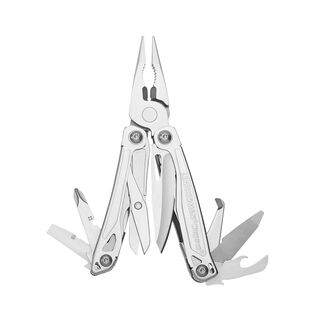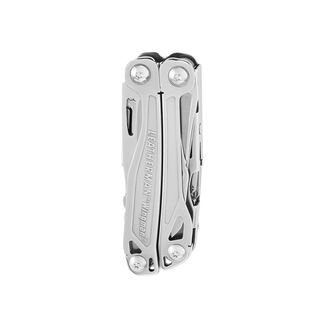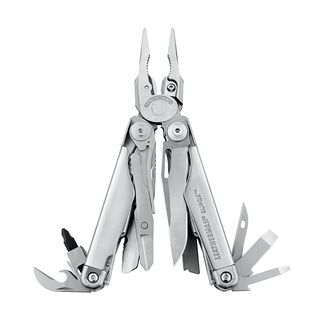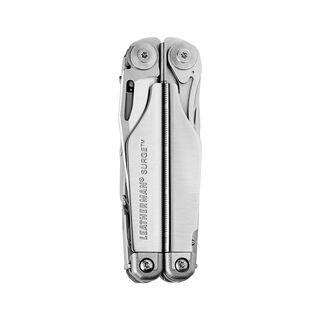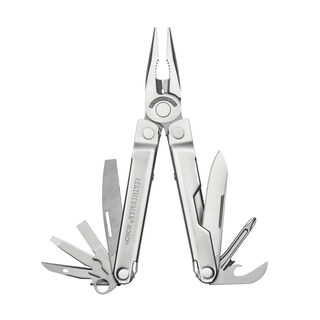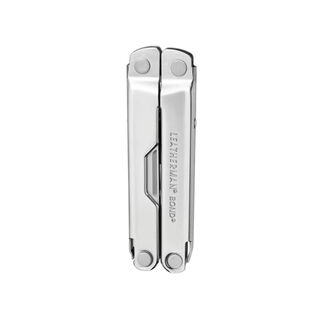Ahhhh Spring and Summer. The weather is getting nicer, and all your favorite foods are in season. But imagine how great it would be to grow your own. If you’ve ever wanted to grow your own vegetables (even if it’s just for the beauty shots on social media—no judgment!), we’ve got a quick how-to guide, so you can try it for yourself. It’s a lot easier than you think, and when you’re spending less on fresh produce that you grew with your own two hands in the sunshine, you won’t regret the work even a little bit.
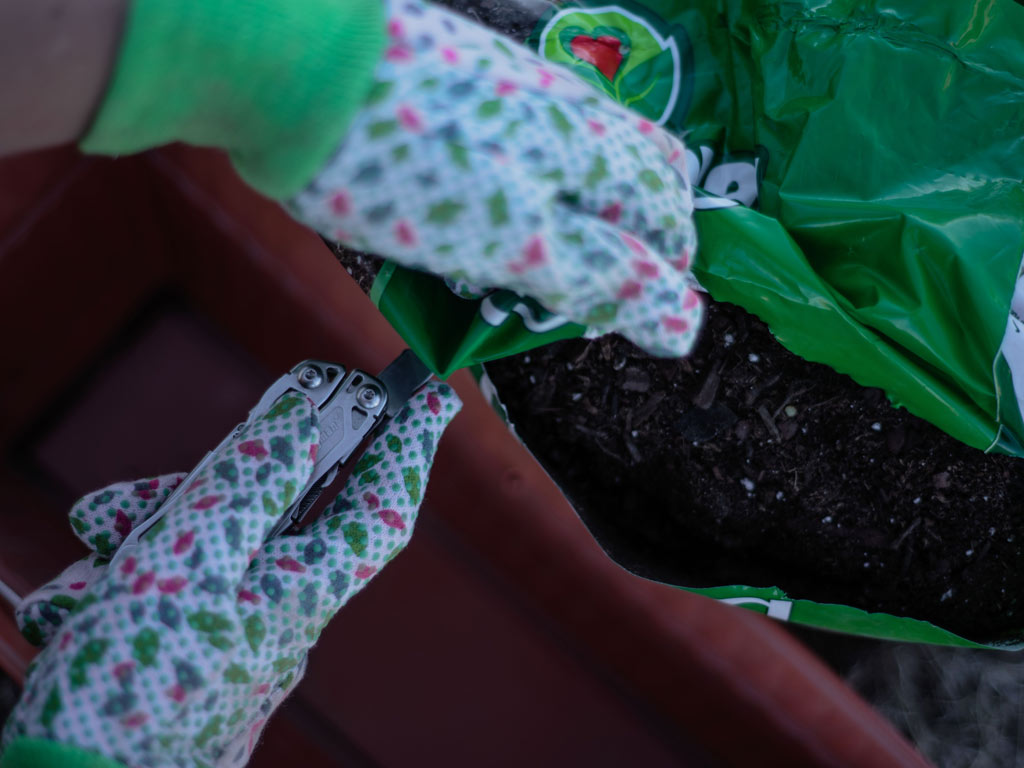
THREE KEY STEPS TO GARDENING
Step 1: Find the best spot.
Sun is key. Be sure you pick a place that gets 6-8 hours of sunlight a day. You can build your own raised garden beds, have a container garden (great for patios or balconies if you don’t have a lot of space or a yard) or just plant your garden right on your lawn. Pro tip: If you go with this last option, you’ll want to rent, borrow or buy a gas-powered sod cutter to get rid of the grass.
Step 2: Add soil, mulch and/or fertilizer.
Be sure you get the right kind of potting soil, mulch and fertilizer for what you’re going to grow. Don’t be afraid to ask at your local garden store for help if you’re not sure. Also, know that fertilizer needs to rest for a couple of weeks once you add it to your soil or it could burn your new plants. So, it’s a good idea to plan ahead for this time. Make sure you get enough! Again, an expert can help you figure this out based on how big your garden is, or if you’re mixing it with your ground soil or not. Pro tip: Rake the soil smooth before planting your vegetables.
Step 3: Plant your veggies.
There’s more than one way to do this. Starting from seeds is the cheapest option, but if you’re fine taking the easier way out, you can start from plant starts or seedlings. Garden centers, farmer’s markets, or maybe even a friendly neighbor with a green thumb is a good place to look for young plants that you can simply plant in the ground or in your container. If you’re feeling super ambitious, you can start your own plants from seeds early and indoors. We’ve got a few tips in our Gardening Tips for Beginners blog.
We recommend planting things you like to eat. But some easy things to grow if you want to start off with some success under your gardening belt are lettuce, cucumbers and peas. Zucchini is also super easy to grow, and even just one plant will produce a ton of squash (there are a million ways to use zucchini, so get ready to ask for or look up new recipes!).
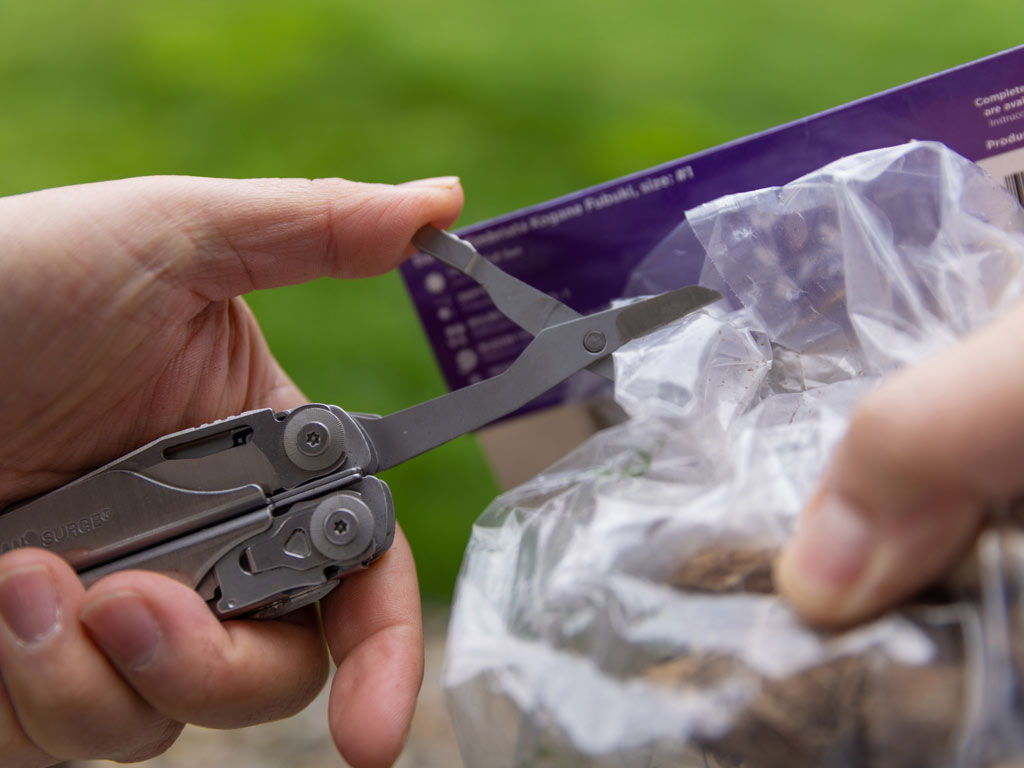
GARDEN MAINTENANCE TIPS
Also, know how much to water each plant. Overwatering some plants (strawberries like to be dry) and underwatering others (tomatoes love to be soaked) can lead to problems. Birds, squirrels, rabbits and moles (among others) love to steal your hard-grown produce. Be ready to take defensive measures (fair warning: they are crafty creatures).
GET YOUR GROW ON
If you’re interested in even more information, check out our “How To Start Your Own Garden” blog post or “10 Gardening Tips for Beginners” for some more helpful tips and tricks. Good luck!


